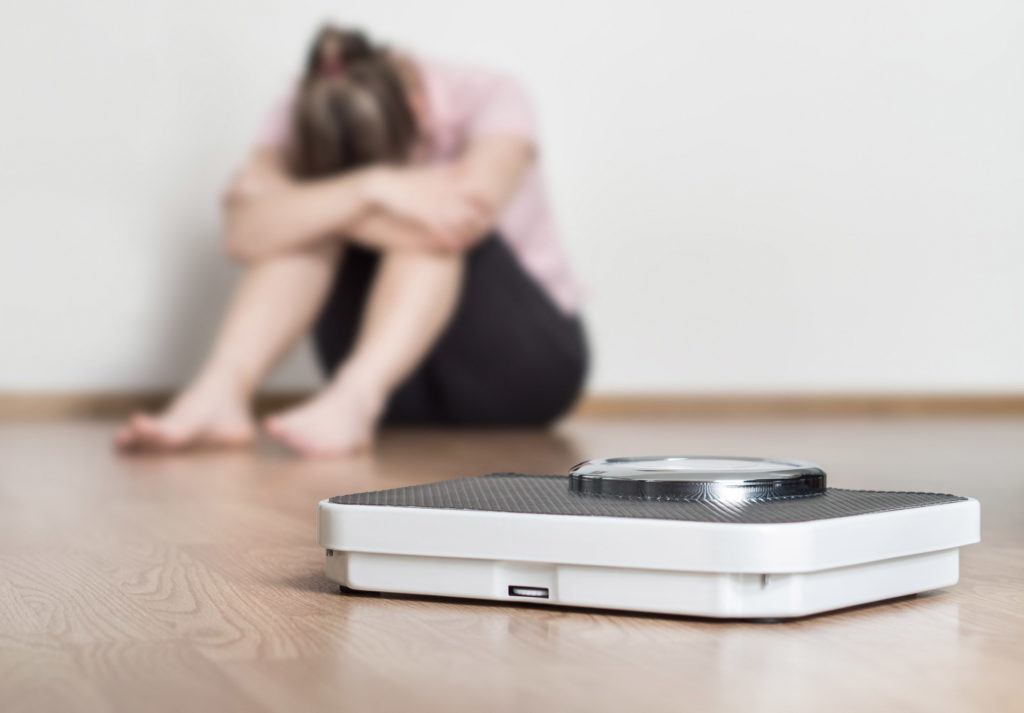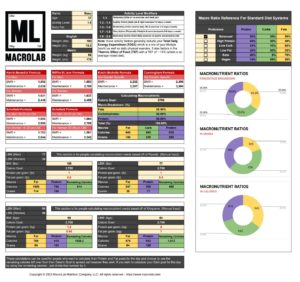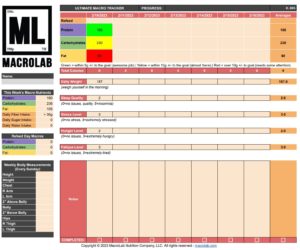What do you think about when you look at yourself in the mirror in the morning?
Whether it’s right after the shower, or immediately upon waking, your mind will let you know if things need to be shaped up or not. Do you like the way you look? Are you happy with you see?

Now, if you truly need to lose weight (or more appropriately, burn fat), you’ll likely have three ideas that immediately pop into your mind:
- I need to start running
- I need to get myself into the gym
- Or, I need to start a juice cleanse or diet
What’s even more interesting is that if you ask anyone for help, they’ll likely give you the same three ideas.
And they’re all flat out wrong. Especially the juice cleanse part (please don’t ever do that).
Don’t mistake me here, adding a moderate running or cardio regimen to your weekly habits is good for you. And I love going to the gym, so I would never tell someone else that going to one is crazy. And changing the components of your regular diet (not a fad diet) are good and justifiable when needed, but it’s not the first step.
Why Exercise Is An Inefficient Way of Losing Weight
Everyday, you burn a number of calories. It’s called your Total Daily Energy Expenditure or TDEE, and it’s comprised of a few different variables.
These include:
- Your Basal metabolic rate (BMR): This is the energy that the body needs to maintain its basic functions, such as breathing, heartbeat, and maintaining body temperature. BMR accounts for the majority of a person’s TDEE, typically around 65%.
- Physical activity: This is your exercise time. Exercise contributes to only about 10% of TDEE.
- Thermic effect of food: This is the energy that the body uses to digest, absorb, and metabolize food. The thermic effect of food accounts for about 10% of TDEE.
- Non-exercise activity thermogenesis (NEAT): This refers to the energy that the body uses for spontaneous physical activity such as fidgeting, walking, and other activities that are not considered exercise. NEAT can account for up to 15% of TDEE.
Did you notice that exercise, by itself, accounts for only 10% of your total daily energy expenditure?
You burn more calories daily simply by existing. This means that your hour or so in the gym, or running, is incredibly inefficient to burning calories when compared to the other 23 hours in a day.
Not only does that mean you need to be strategic in that hour (i.e. using resistance training to increase the caloric burn overtime rather than just straight cardio), but it also means you need to consider other variables to maximize a caloric deficit.
Time Is Money: Exercise Versus Nutrition
Let’s put it another way.
Scenario 1: Your coworkers bring in a big box of donuts and you have one, but you’re not worried, because you’re about to hit the gym anyways. The donut you ate cost 300 calories, and on your treadmill run, you’re going to burn around 300 calories in 30 minutes.
Scenario 2: Your coworkers bring in a big box of donuts, but since you’re tracking your goals for a new fit you, you’re not partaking. You took about 30 seconds to decide this, possibly less, because you had already decided what your non-negotiables were the night before.
One scenario cost you 30 minutes of work, the other cost you 30 seconds of thought. There’s nothing wrong in either scenario, except maybe punishing yourself for eating something (more on that in a later post). But there’s optimal ways to pursue your goals as these show.
One scenario you saved time and effort in alignment with your goal, the other didn’t.
Fat Loss Versus Weight Loss
Fat loss is NOT the same as weight loss. Coaches, including myself, often use the terms interchangeably when it comes to marketing because many people equate them as being the same, but there are huge differences, especially when you mix exercise into it.
Weight loss refers to a reduction in overall body weight, which can occur as a result of losing water weight, muscle mass, and/or body fat. Weight loss can occur due to a variety of factors, including changes in diet, physical activity, and hormonal balance.
Fat loss, on the other hand, specifically refers to the reduction in body fat while maintaining or even increasing muscle mass. Fat loss is often the goal for people who want to improve their body composition and achieve a leaner, more toned physique.
Unlike weight loss, fat loss is not always reflected on the scale since it’s possible to lose body fat while maintaining the same weight or even gaining weight due to an increase in muscle mass.
In general, weight loss can occur due to a calorie deficit because you’re losing water, muscle, and some fat, which is WHY the TYPE of calories matter more than the amount.
A calorie deficit can lead to fat loss, but it can and does also result in the loss of muscle mass, especially if you’re not engaging in resistance training to maintain or build muscle. To achieve fat loss, it’s often recommended to combine a calorie deficit with resistance training and a high-protein diet to preserve muscle mass while promoting fat loss.
Two huge concepts: resistance training will often lead to weight GAIN because you’re adding muscle to your frame, while cardio will lead to weight LOSS because you’re also losing muscle (which is NOT good).
In a formula, this is: Optimal Fat Loss = caloric deficit with macro ratios + resistance training + cardio
Three Tactics To Do Instead
Exercise should be an important part of your overall strategy. It will make you feel better, feel accomplished, add lean muscle to your frame, and burn a small portion of calories. But it’s not the whole strategy. Nutrition MUST be accounted for if you actually want to reach your goal.

Here’s three tactics to add, along with exercise, to comprise your overall fat loss strategy:
- Know Your BMR Number
- Once you know your personal number, the number that accounts for the majority of your calories burned in a day, you’ll be able to both figure out your maintenance calories (next step) as well as avoid fad diets that tell you to go under that number.
- Know Your Maintenance Calorie Number
- Once you’ve found your BMR, you can calculate your maintenance calories. This is your baseline number, from where you can subtract (for fat loss goals) or add (for muscle building goals) from that number. This is crucial.
- Monitor your maintenance calories for two weeks. If you neither gain nor lose weight, you have the correct number. You can now add or subtract calories depending on your goal. I recommend only cutting or adding around 200 calories at a time.
- Track Your Numbers & Metrics
- If you don’t track your weight, calories, macros, or exercise, how can you expect to know if you’ve hit your goal? Or even if you’re going in the right direction? If you avoid this step, it’s like traveling without a map or GPS. You won’t get there by yourself. Instead, you’ll go in circles.
How To Accomplish These Tactics
If you need to know your BMR number, maintenance calorie number, and then track all those metrics, you’re going to need to either get comfortable with math and formulas, or have a tool do the work for you.

That’s where my Ultimate Macro Tracker comes in handy. Pending release next month (end of March), it will do all three for you. All you have to do is enter your height, weight, age, and activity level. Then, track your numbers on the weekly spreadsheets.

Keep an eye out! If you’re on my email list, you’ll have access to it before the general public!
Cheers!
Coach Beau

